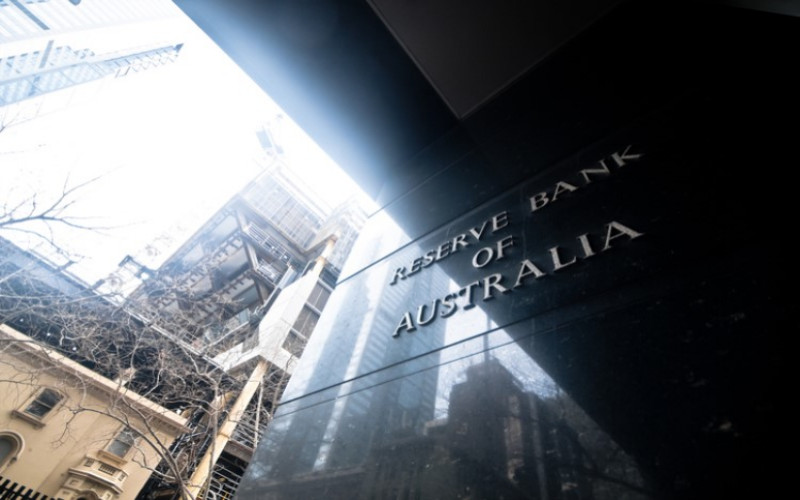
The Reserve Bank of Australia could hit the brakes on rate hikes by September or October after the expected 50bps increase in next month.
Westpac chief economist Bill Evans said the tone of the monetary policy statement in July seems to suggest that after bringing the cash rate to 1.85% next month, the RBA would likely take a pause.
“We are expecting the Board to pause in September and October — a key to that decision to pause will be the RBA’s assessment of the level of rates that constitutes a neutral policy stance,” he said.
“We assess that stance as being in the 1.5–2.0% range; neutral is the rate at which policy is neither stimulatory nor contractionary.”
Mr Evans said the neutral rate has been declining as more households get affected by the recent rate hikes.
“But we cannot be certain of the level of neutral, many central banks have followed the Greenspan example ‘I will tell you where neutral is when we get there!’ — that is the right approach and argues for a near-term pause in the RBA’s tightening cycle to assess the cumulative impact of a series of out sized rate increases,” he said.
An interesting approach, Mr Evans said, is the concept of neutral being “zero real” when inflation is back at the middle of the target bank.
For instance, if inflation is at 2.5%, its dampening impact on the economy would be much weaker.
“With inflation playing a much more prominent role in restraining real activity the level of interest rates required to align demand with supply is appropriately lower – not higher which would be the result of targeting zero real as ‘neutral’,” Mr Evans said.
This approach, however, might not really fit the current “extraordinary cycle”.
Mr Evan said the expectations of a pause in September would hinge on the potential change of wording by the RBA next month, which should highlight the pace at which rates have moved in such a short time, consider the 1.85% cash rate in the neutral zone, and indicate further increases.
“For September, having firmly established the RBA’s inflation targeting credentials over the previous four meetings, the Board’s best policy option will be to pause to assess the high frequency response and global developments before resuming the cycle following the September quarter Inflation Report,” Mr Evans said.
Over the September quarter, inflation is expected to be at around 4.8%, which would require a further but scaled back rate hike of around 25bps.
This would continue the upswing in monetary policy, which would eventually see the cash rate peak at 2.6% by February 2023.
“A further pause in March in recognition that policy is firmly in the contractionary zone would be appropriate to again observe developments in the economy,” Mr Evans said.
“By then we expect the very clear indications that the economy has slowed substantially with consumer spending growth well below trend; house prices well on the way to our 14% contraction target by end 2023.”
The outlook by then will depend on the inflation, which is expected to show signs of falling by the first quarter of 2023.
Mr Evans said while the annual inflation might still not be within the target band, the RBA could potentially see a significant easing in supply side inflation pressures, which are likely to continue as global demand slows and supply adjusts to elevated prices.
“The obvious easing in demand in the economy supplemented by increasing overseas arrivals will be closing the demand/supply gap in the labour market and provide the Board with ample justification to maintain its pause.”
Collections: Interest Rates Mortgage News



Share